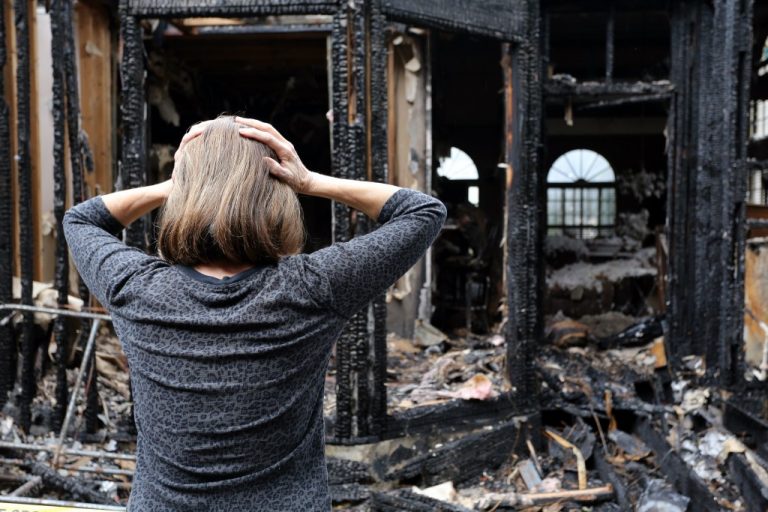If someone told you a decade ago that craft breweries would somehow revive local economies and create jobs for the community, would you believe it? In 2018, the craft brewery industry contributed roughly $79.1 billion to the U.S. economy. It also created more than 550,000 jobs, most of which impacted local economies. More than 150,000 of those 550,000 jobs were direct employments in breweries, pubs, and taprooms.
Don’t get fooled that these small breweries are churning up substandard beers. Many of them source their hops, such as German Hallertau, from the best in the world — Hallertau. This area in Bavaria, Germany produces one-third of the world’s hops. The United States comes second to Hallertau. Hops are used as stabilizers in beer brewing. They also provide floral and citrusy flavors.
Economic Impact
Microbreweries exist in all 50 states and the District of Columbia. One study says that 80% of Americans live within 10 miles of a brewery. This proximity allows college students to work as a bartender or a brewer to augment their income. Some of them even begin brewing and crafting beers inside their dorm rooms — although many dorm managements prohibit this.
The top five states that benefit from this industry are California ($9 billion), Pennsylvania ($6.3 billion), Texas ($5.1 billion), New York ($4.1 billion), and Florida ($3.6 billion). These states produce hundreds of thousands of employment opportunities. They also get better at building a sense of community among their rural populations.

Community Hubs
Breweries, taprooms and bars are more than just about the beers that they serve. They act as community hubs and gathering places. If you go to an obscure town in the U.S., you usually have to find the local bar where everyone eats and gathers. You’ll find that many rural areas in the U.S. are dependent on these pubs and taprooms for social activities.
Most of these businesses generate 10 to 12 jobs each. But it is the ancillary benefits of a taproom that revive economies and communities. As a place where people gather, these pubs and taprooms serve as witnesses to blossoming relationships and developing business ideas. They provide a respite for people who spend their days in the office or in front of the TV.
Businessmen particularly target small towns and rural areas. Old and abandoned warehouses are renovated and remodeled to serve as a brewery. The restructuring of these breweries also requires skilled craftsmen and laborers. A typical taproom, for example, usually produces 300-gallon batches multiple times a day. That needs men and women to haul pounds of kegs across the brewery.
Taprooms attached to breweries are much safer, too. These breweries or bars generate less crime than regular bars, Julie Wartell of the University of California in San Diego says. These are more than places to grab a drink. Go to any pub or taproom, and you’ll notice how everyone knows each other. The bartenders are friendly. The crowd is more engaged.
It matters to these small and rural areas that big and small companies alike are investing in their towns. These communities end up supporting these local breweries. They turn them into event places and not just a place where one can grab a cold bottle of craft beer. In turn, local governments are increasingly working to attract the craft brewery industry to invest in their towns. They aim to expand their economic development and build more stable communities.






